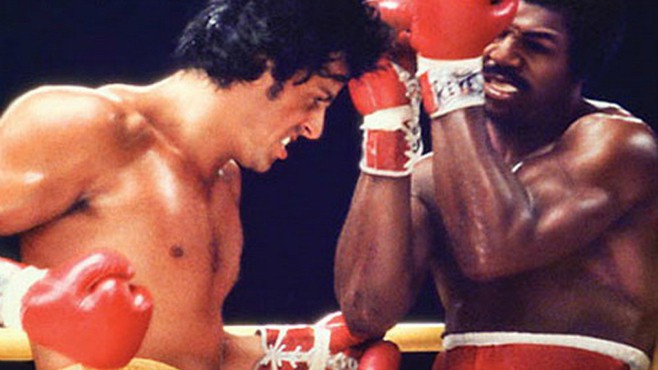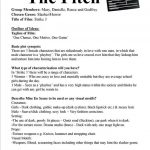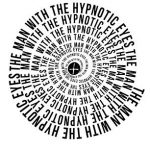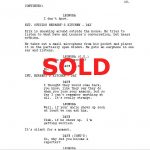Effective Narrative Description
Along with dialogue, it is the narrative description which takes up the bulk of your script. The narrative description describes the story within your screenplay. This includes, the action, settings, characters, and the sounds.
The narrative description is ALWAYS written in the present tense. Even if you’re writing a flashback or other sequence regarding past events you should always write in the present tense. The reason behind this is that you view a movie in present time. In terms of formatting you shouldn’t indent paragraphs of narrative description but you should double-space between paragraphs.
It is important to keep your narrative short and sweet. Only provide information that is completely necessary to progress the story, while focusing on significant actions and moments. To keep paragraphs short try to keep them down to a maximum of four lines, although one or two lines is preferable.
If you wish to use a dash during a paragraph then it should be formatted with a space, then two hyphens, and another space before continuing the action.
Creating The Visual
You should try and capture every beat of action or image within one paragraph. Following this guideline will help you keep your narrative description short while relaying any information you need to give the reader. Each paragraph should help the reader “see” and “hear” what would be happening on-screen.
Some visual images may only need the briefest of descriptions. Most locations should be kept relatively simple, it is not your job to describe every item in a room or the exact layout of a building. If a scene is to be set in an untidy character’s bedroom you can describe it simply as “A very unkempt bedroom”.
The only time you need to mention specific items is when they will come into play later during the scene. If your character happens to trip up over a pile of dirty clothing then you can mention that during your short description of the room. The earlier description may now be changed to “A very unkempt bedroom. A big pile of unwashed clothes stagnates in the middle of the room.”
Dramatize The Drama
If you’re writing a scene in your script which you intend to add drama to the story then make sure it’s dramatic! It seems like obvious advice but I’ve ready many scripts for friends where “dramatic” scenes have been extraordinarily dull.
To write a dramatic scene you should use short paragraphs (as mentioned above) and put emphasis on the actions, emotions and any specific visuals you feel will enhance the scene. A good guideline to keep a smooth flow is to write one paragraph for every beat of action or visual images.
See how Sylvester Stallone heightens the drama before Rocky’s first fight with Apollo Creed.

Keep Details And Descriptions Trim
It can be easy, when scriptwriting, to add in a lot of detail, far more than is required. I remember the first time I tried my hand at scriptwriting, before I’d done any studying at all. I described my main character’s house is such detail that it took nearly three full pages. That’s probably too much description for a novel, let alone a screenplay.
It wasn’t until I’d finished that script that I even read another script. When I did I was amazed at how short and to the point it was…and how it held my interest a lot better than the script I had written.
You have to pick and choose which details to write about. If a character is drinking while in a scene, you shouldn’t write every time they take a sip, or touch the glass. Leave that to the actor or actress to decide. If you’re on the fence whether to cut a snippet of detail or not you should probably cut it.
Similarly you should also remember to only write what the audience what see or hear on-screen. Avoid writing the character’s thoughts unless the audience can hear them in a voice over or other device.
Specify The Action
Specifying actions helps add color to your screenplay. Some writers like to leave this until the rewrite, focusing on the actual story during the first draft. It is quite simple to do though, especially with a little practice. What I mean by specifying action is that rather than using words such as “looks”, “enters”, “walks”, etc use a much more specific word. Instead of “looks” try “stares intensely” or “glances”.
You can use this technique to add depth to both action and characters. Specifying action allows you to paint a much better portrait of a character and their motivation. A cocky character wouldn’t shuffle, they’d stride. A character who’s disobeyed his wife’s orders and come home later wouldn’t just enter the house, they’d try and sneak in silently.
If you use the techniques I have illustrated above you will soon find your narrative description becoming fast paced and gripping which is exactly what it needs to be. Your characters will also find new levels to work in. Now you know how to do all this, your job as a scriptwriter should have just become a whole lot easier!
Please CLICK HERE To Check Out The Top 5 Online Scriptwriting Courses


